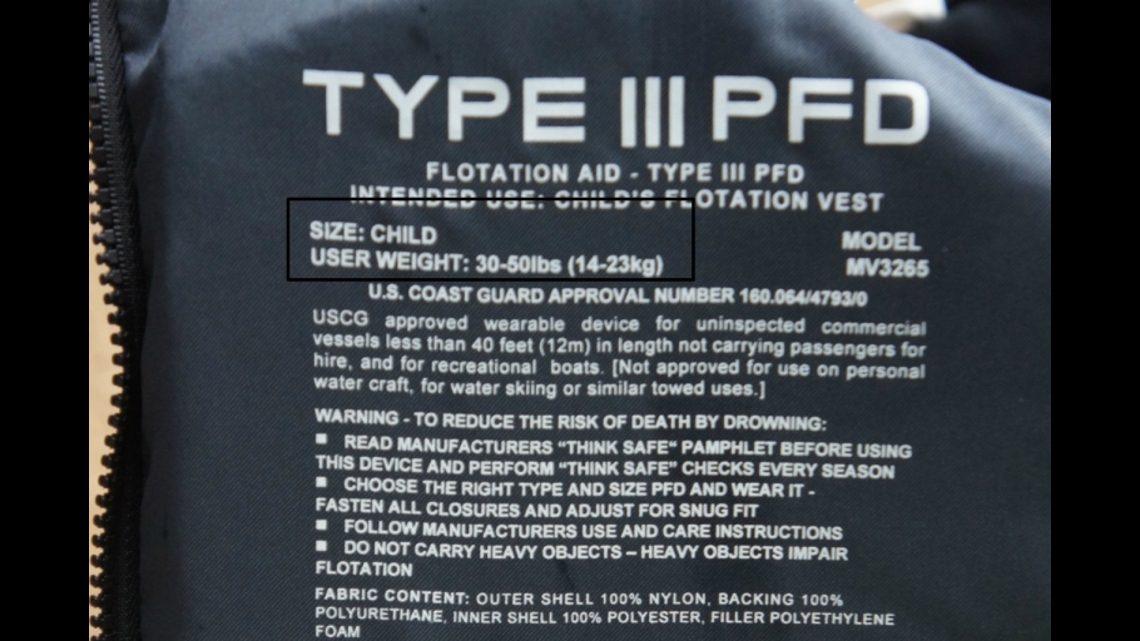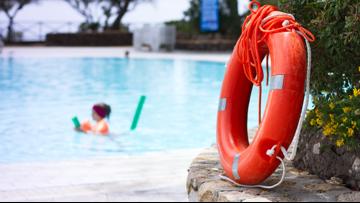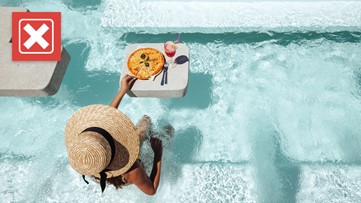HOUSTON — According to the Centers for Disease Control (CDC) drownings have increased in the years following the onset of the pandemic. In 2024, the CDC released data showing drowning as the leading cause of death for children ages 1 to 4. For kids within that age group, the first introduction to swimming is often with an inflatable floatation device, including products known as floaties and water wings. Inside online parent chat group discussions, parents share suggestions about how floaties will help prevent a child from drowning.
THE QUESTION
Will arm floaties or inflatable floatation devices prevent a child from drowning?
THE SOURCES
THE ANSWER
No, arm floaties or inflatable floatation devices will not prevent a child from drowning.
WHAT WE FOUND
According to the Texas Department of Family and Protective Services at the end of May 2024, 23 children died as a result of drowning. In most of those incidents, a pool was involved.
According to the CDC, across the country, a backyard pool is the most common setting for children ages 1 to 4 to drown. Dr. Tessa Clemens, a health scientist in injury prevention discourages any use of floaties as a method of preventing a child from drowning saying "Floaties, arm bands, water wings or inflatable devices do not prevent drowning they can easily slip off, especially when kids jump off into the water."
The CDC partners with organizations like the National Drowning Prevention Alliance (NDPA) to help parents get more information on how to keep a child safe in and around the water. Adam Katchmarchi PH.D, Chief Executive Officer for NDPA, in an interview with the KHOU 11 Verify Team, says "Something that has struck me over the last couple of years is you go to resorts, you go to different hotels, you walk around these pools and you see, a majority of kids and floatation devices, and what's concerning to me is you see a lot of their parents, not in the water with their kids and if your child's a weaker nonswimmer, our recommendation is you are within arm's reach of your child at all times."
In addition to having supervision in the water, NDPA and the CDC encourage parents to enroll their children in swimming lessons to ensure children know the basics of water survival. According to Katchmarchi, "No device independently is going to teach a child to swim without proper instruction."
NDPA works with swim schools nationwide and encourages learn-to-swim programs to utilize floatation devices as part of their education. "The American Academy of Pediatrics recommends that swimming lessons can start as early as 1 year of age," according to Dr. Clemens. "...but should really be aligned when it is developmentally appropriate based on the development of each individual child."
According to the CDC, "We recommend only U.S. Coast Guard approved floatation devices that are tested and meet industry standards and we really recommend checking the label prior to purchasing a life jacket to ensure that it is an approved floatation device, and to avoid the use of floaties or any other inflatables, they do not replace a life jacket in terms of drowning prevention."
U.S. Coast Guard-approved jackets will come equipped with a seal showing more information on its intended use on the life jacket.


Another popular product parents have recently been gravitating towards is called a "puddle jumper." According to NDPA, some puddle jumpers can be U.S. Coast Guard approved but offer the lowest form of protection to a child. According to Texas Swim Academy, puddle jumpers can create a false sense of security, along with creating incorrect and ineffective posture. If children have bad posture in the water they could lose the ability to successfully get onto their backs and float should they fall into the water unexpectedly according to the swim school's website.
NDPA also said, "Routine use of flotation devices in swimming pools and other swimming sites may actually increase risk of drowning, providing the child and parents a false sense of security in the water. We believe this contributes to the fact that almost 70% of young children who drown do so when it is not swim time."












